Are you having a hard time heating and cooling your home during long, extreme weathers while maintaining efficient energy consumption? You can try sustainable practices to help make your home more comfortable to live in. Also, shifting to these practices allows you not just to save money, but also help the environment.
With the continuous changes in the environment for the past 10 years, most people are now turning to more sustainable living. This change often starts at home, with the varying intentions of saving money or preserving the environment. In your case, you can do both.
If you’re living in a region with a warm climate, you probably spend more money on cooling your home, while those who live in colder areas spend more on heating. Nevertheless, you need a heating and cooling system that can help you keep up with the changing weather conditions and make your home comfortable to live in.
However, maintaining and installing an air-conditioning unit is not something you can do alone. These require the help of professional service providers like air conditioner repair Toronto to cater to your air conditioning needs and concerns.
Here are some tips on how to sustainably heat and cool your home.
- Use Cheaper Alternatives To Heat/Cool Your Home
Heating and cooling appliances take up a major portion of the energy used in your home. To save money and energy, you can shift to cheaper alternatives, such as geothermal heat pumps and liquid refrigerant-filled tubes.

cozy winter day at home with cup of hot tea, book and sleeping dog. Spending weekend in bed, seasonal holidays and hygge concept
Geothermal heat pumps are efficient alternatives for air-conditioning (AC) systems, and they work well for moderate weather. These are significantly similar to an AC in appearance, but are more efficient in removing hot air from your home to replace it with cooler air. During winter, these heat pumps pull warm air from the ground to heat your home.
On the other hand, the tubes filled with liquid refrigerant in AC units help in absorbing heat from the ground and bringing it into your home during winter. These tubes work in reverse during summer—they absorb heat from your home and transfer it back to the ground, then replace it with cool air.
- Maintain An Ideal Temperature
Maintaining a moderate temperature in your home helps lessen energy consumption. Always remember not to ‘overcool’ your home by setting your AC on full blast as every degree of cooling results in an increase in energy consumption.
- Cool/Heat Only The Rooms You Use
To efficiently heat and cool your home, it’s best to choose the rooms you mainly use. By doing this, you’ll lessen energy consumption and minimize the total area that requires heating and cooling. Also, close every curtain to prevent cold air from spreading to the other rooms and keep your home insulated.
- Use Fans Instead Of Air Conditioning Units
AC units are efficient options to cool your home. However, if you’re aiming for a sustainable cooling system, fans are a cheaper alternative. Ceiling fans consume less energy, so you can use the same for longer hours instead of an AC. If it gets too hot, you can turn your AC on, but always remember to turn it off after to avoid overconsumption of energy.
- Use Programmable Thermostats
Programmable thermostats are convenient and efficient alternatives for heating and cooling your home. These devices monitor and regulate the temperature in an area. Thermostats also allow users to set up a scheduled temperature setting that takes effect during certain times of the day. Modern models of thermostats offer multiple schedules and can be remote-controlled.
- Invest In Radiant Floor Heating
Radiant floor heating is one of the most efficient alternatives for homeowners. It’s a heating system built into your home’s flooring, ceilings, or even walls. This kind of heating works well in various floorings like tiled, laminated, and engineered wood floorings. Also, radiant flooring is energy-efficient as it heats your home from the floor up, not just the surrounding air.
Bottom Line
Heating and cooling your home don’t have to be expensive, as there are various alternatives you can choose from. Practical and efficient temperature regulation systems can turn your home into a more comfortable place to live in. Also, switching to sustainable practices allows you to hit two birds with one stone—you get to save more money and preserve the environment at the same time. You can enclose a porch for winters to save on electricity.
You can follow the tips that apply to you and see the outcome for yourself. Ensure that the cooling and heating system you’re planning to use suits your lifestyle, location, and budget.

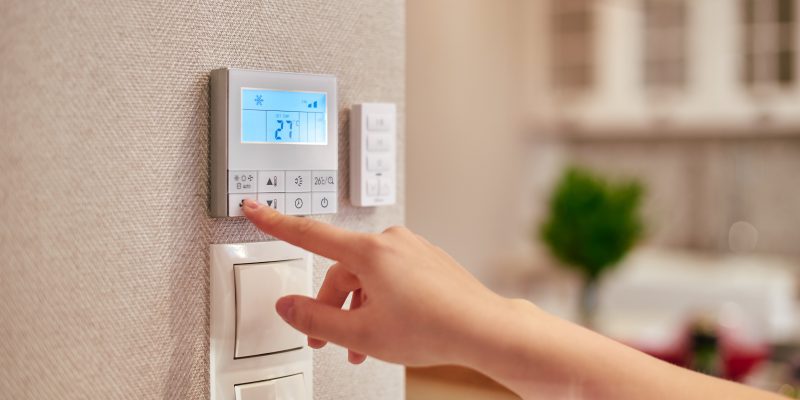

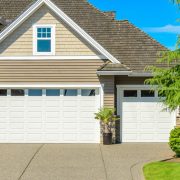


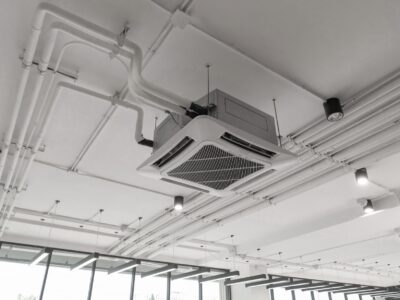
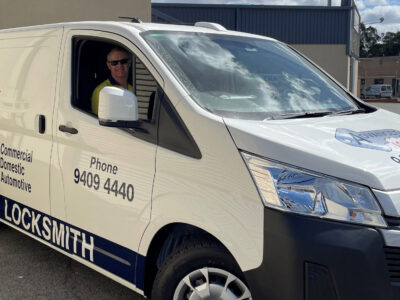
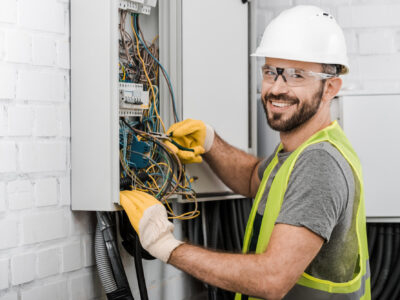



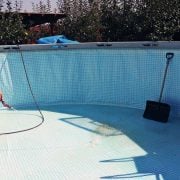

Comments